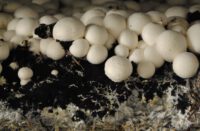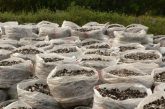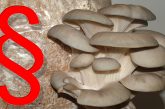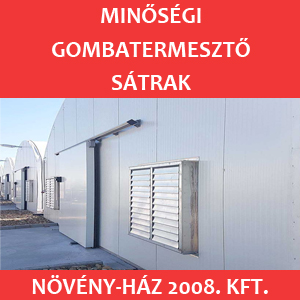A consortium of 20 research groups, including Wageningen UR Plant Breeding, part of Wageningen UR, has mapped the entire genome of the button mushroom (Agaricus bisporus). This represents a major step forward for research into sustainable mushroom production and health-promoting substances in mushrooms. The scientists published the mushroom genome in the scientific journal PNAS on 8 October.
Wageningen UR Plant Breeding provided the project with the DNA of the first mushroom hybrid developed by the research group in 1980. This variety is still the main genotype grown worldwide. “The unravelled genome is invaluable in breeding new mushroom varieties for various purposes,” says Anton Sonnenberg, scientist at Wageningen UR Plant Breeding.
Some 40% of the costs of mushroom farming are spent on the production of substrate. In order to make cultivation more efficient and sustainable, it is vital to know how mushrooms use this substrate. In nature, mushrooms are found on soils with lots of leaf litter where mineralisation has occurred by other micro-organisms. The mineralisation results in many complex substances such as humic acids. The unravelled genome shows how mushrooms break down the complex substrate, an insight which is especially relevant for the development of a more efficient and sustainable production of this type of edible mushroom.
“The newly available knowledge is also significant in understanding how the mushroom mycelium can be triggered to form small buds that develop into mushrooms,” adds Sonnenberg. “This budding is one of the most important processes in cultivation and being able to better control this process is a dream of every mushroom grower.” It has become clear over recent years that, like mushrooms grown in Eastern Asia, button mushrooms also contain substances that are beneficial to health. The unravelled genome offers an excellent foundation for developing new mushroom varieties aimed at enhancing these effects.












